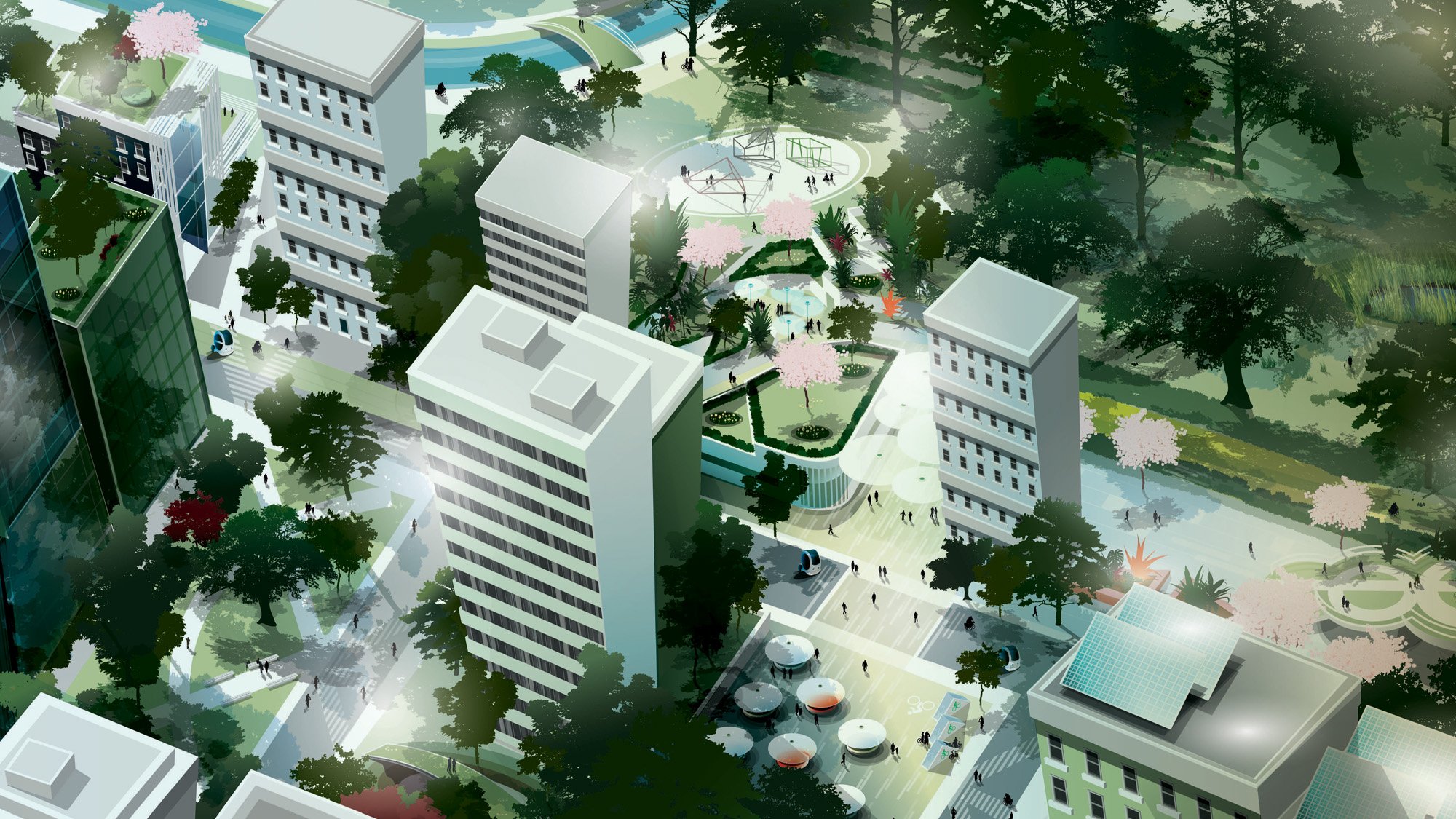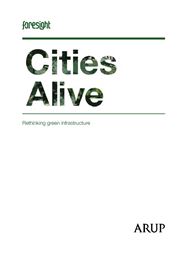Can nature help restore harmony in our cities?
Our cities are facing an uncertain future. Underground roads and automated transport, permeable pavements and water roofs, vertical farming and even glowing trees – from large-scale interventions to smaller scale enrichments, cities in the future will need to look vastly different to cities now.
Cities Alive – Rethinking green infrastructure – shows how the creation of a linked ‘city ecosystem’ that encompasses parks and open spaces; urban trees, streets, squares; woodland and waterways can help create healthier, safer and more prosperous cities. To realise this vision, green infrastructure has to now take a more influential role in the planning and design of cities and urban environments.
Five key requirements
Supported by the Landscape Institute and Royal Botanical Gardens, Kew, Cities Alive leads us to five key requirements with significant implications for the future design of cities.
1. We need to recognise ‘urban green’ as more than an aesthetic consideration – it’s a fundamental part of an urban ‘ecosystem’ which improves social interaction and physical and mental health
2. We must make landscapes work harder, for multiple end-users and to improve climate change resilience, through a multi-functional design approach
3. Design creativity is needed to deliver a green city ecosystem – from both city-wide strategic projects down to more imaginative uses of space within the layers of a city
4. By capitalising on advances in technology to measure the value that nature delivers through ecosystems services, we can optimise the planning and design of urban space to meet future demands
5. We need an integrated approach to delivery that better links and connects policy to transgress ‘silo-driven’ cultures and achieve long term benefits.
 ;
;



